
views
X
Research source
Today, it is primarily only used academically and recreationally. Mastering the different pitches and tones to mimic various bird calls can be both a rewarding and entertaining experience. The best part about bird whistling is that you do not need much to learn the skill. To get started, you just need your mouth, your hands, and some blades of grass.
Whistling with the Cupped Hand Technique
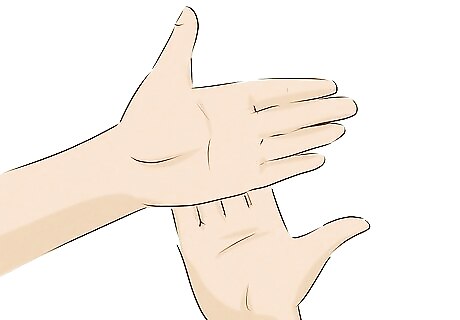
Overlap your hands with your palms facing upwards. The left edge of your right hand should rest across the base of your fingers on your left hand. This position should roughly form the shape of an upside down ‘L.’ If you are left handed and this initial positioning feels awkward or uncomfortable, then adjust your hand positioning accordingly and invert “right” and “left” instructions described for this process.
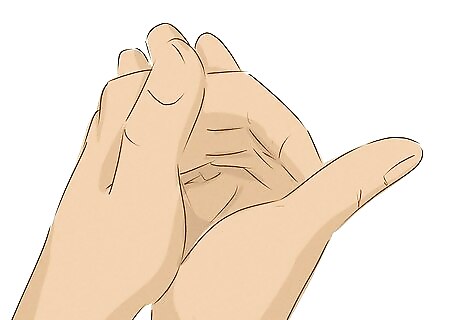
Join the sides and heels of your hands to form a cup. You might have to move your right hand downwards slightly to get the alignment correct, but you should not have to lift it.
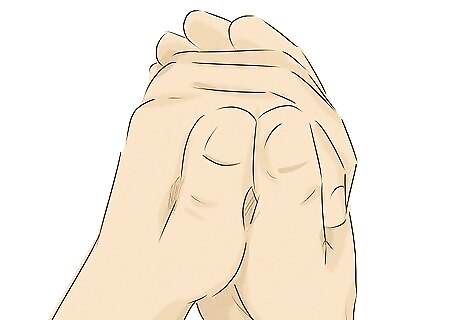
Curl your fingers on both hands to close the opening of the cup. If done properly, your thumbs will align in front of the opening of the cup and form a chamber or cave shape. Your hands should now be airtight except for the small almond-shaped opening between your thumbs. When you curl the fingers on your right hand, they will slightly wrap around the outside of your left thumb. This might cause your right thumb to rest lower than the left, so you might have to lower your left thumb to make them level.
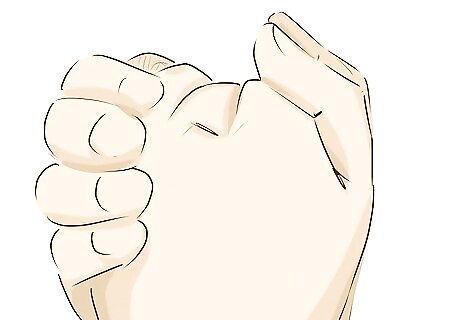
Bend the tops of your thumbs. This is the area where you will be placing your lips to create the bird whistle. If you have your thumbs flat, you will have a harder time producing a sound.
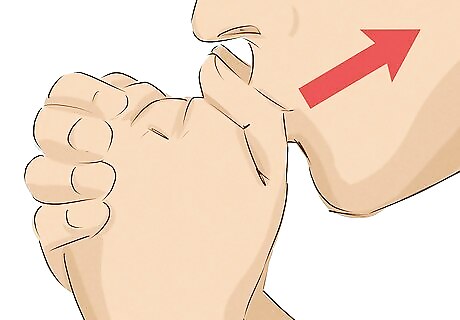
Inhale deeply and rest your lips over your thumb knuckles. It is a common mistake to place your lips over the almond-shaped opening. Do not cover the space between your thumbs because the air needs to travel back out of that space to create the sound.
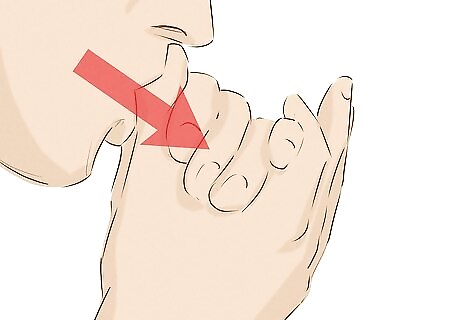
Blow into the opening and only move the fingers on your right hand. The air should travel down into the hollow, and you should be able to hear a deep “coo” or “hoo” sound that resembles the call of a dove or an owl. If you only hear air passing through your hands and no whistle, double-check to make sure your hands are sealed. It might take some practice to master this technique, so don’t get discouraged. You can change the pitch of the whistle by adjusting the hollowed area of your hands. Making the area smaller will create high-pitched whistles, and making the area larger will create low-pitched whistles.
Interlocking Your Hands

Interlock the fingers of your right and left hands. The webbing between your fingers should be completely sealed, and your fingers should rest comfortably in the valleys between your knuckles.
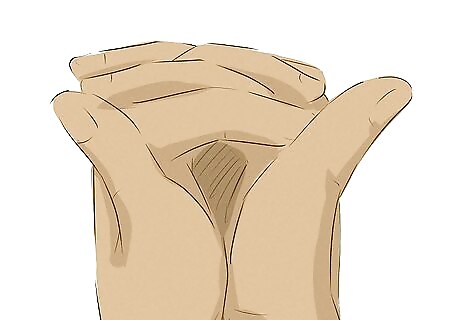
Press together the heels and sides of your hands to form a pocket. You might need to loosen or tighten your hands to get an airtight pocket.
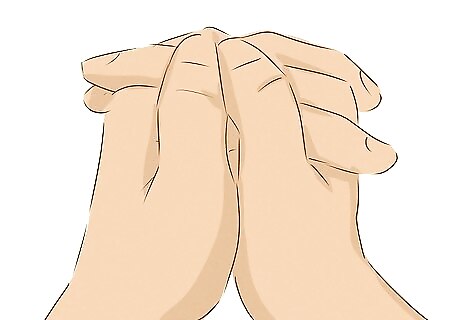
Close your thumbs over the opening of the pocket. Your thumbs should be parallel to each other, and there should be a small almond-shaped opening between them.
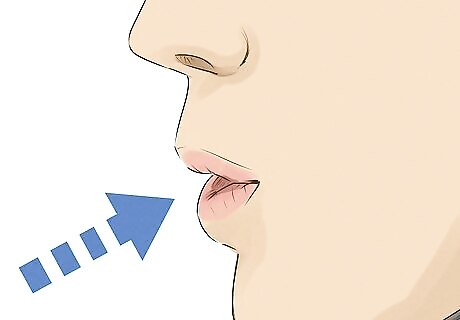
Pucker your lips and inhale. You are going to need a lot of air to create a sound, so make sure you take a deep breath.
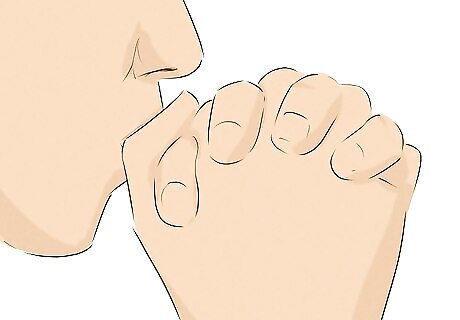
Place your lips over your thumb knuckles. If your lips are not properly over the knuckles of your thumbs, then you will not be able to create the sound.

Blow into the opening, and wiggle the fingers on your left or right hand. The air should travel downwards into the hollow. If done correctly, you should hear a high or moderately pitched bird call. Don’t be discouraged if you don’t create a sound on your first couple of tries. This technique can take a lot of practice to master. You can create a fluttering bird call by rapidly opening and closing your fingers, or by changing the size of the hole between your thumbs.
Creating a High-Pitched Whistle Using Grass Blades
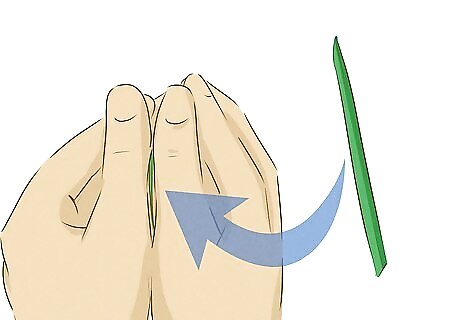
Place a blade of grass between your thumbs. The blade of grass should be vertical and stretched tight between the small opening created by your parallel thumbs. Thicker or shorter blades of grass will create low-pitched noises, and thinner or longer blades of grass will create high-pitched noises.
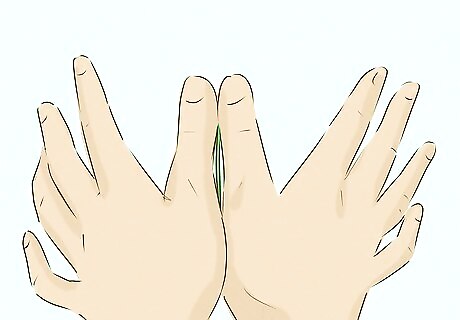
Keep your thumbs pressed together and spread your fingers. The backs of your hands should be facing you, and should roughly resemble the shape of a bird with outstretched wings.

Press your lips to your thumbs and blow against the blade of grass. If done correctly, you should hear a high-pitched whistle or squeaking sound. Blowing in bursts will create a “fa-fa-fa” sound, and blowing continuously will create a warbled effect.




















Comments
0 comment